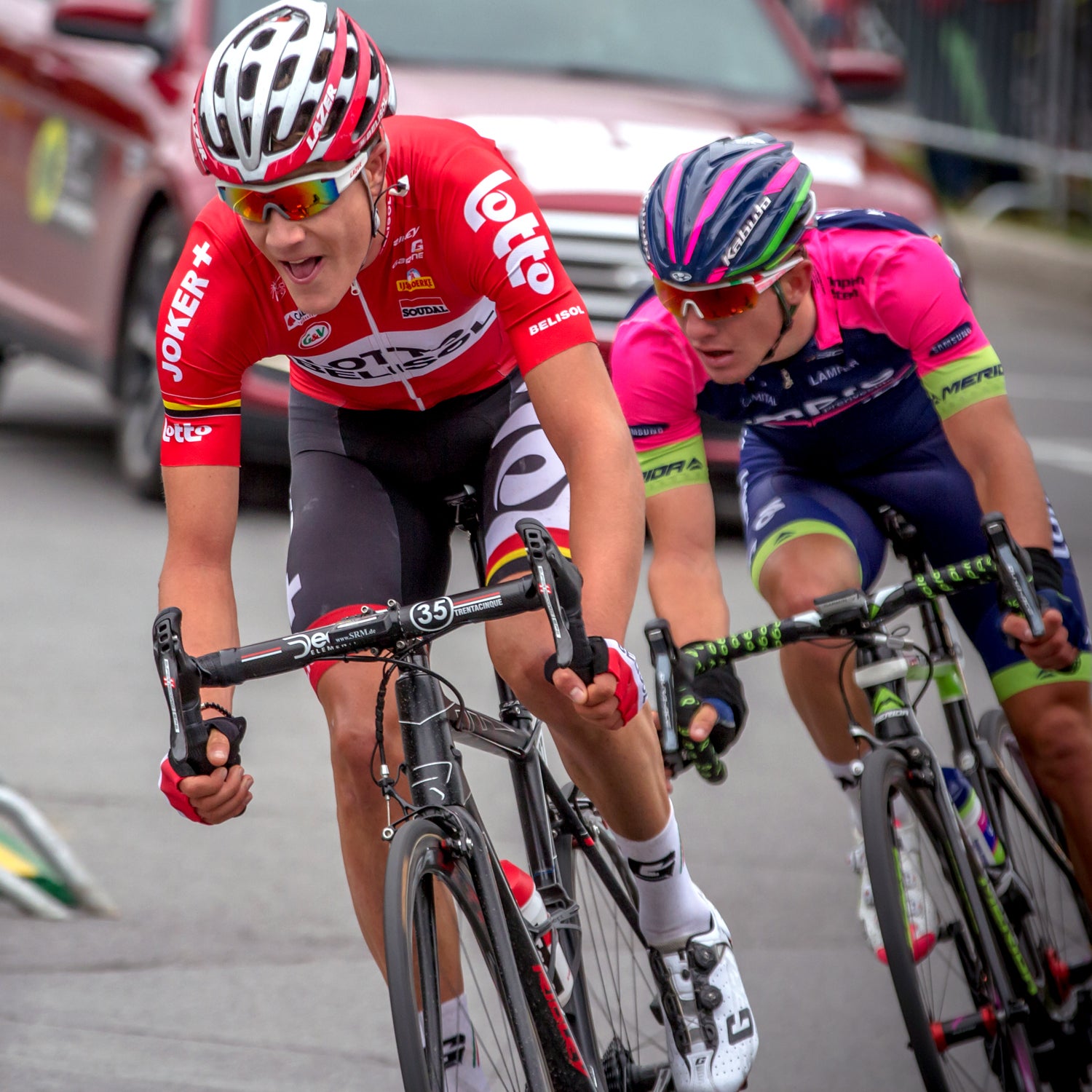GoPro, Garmin, and Shimano are locked in a potentially multi-million dollar battle that will determine whose camera will document the pro peloton. No matter which company wins, one thing is clear: it's the sport of cycling that will be the biggest benefactor.
This war started shortly after the Lance Armstrong doping fallout. Bike racing—once seen as a quaint, even artisanal sport—needed to repair its image and broaden its fan base. To do that, the sport’s officials needed to convey the events’ inherent excitement to the largest audience possible.
Enter the action cam.
The very first action cam to appear in a UCI Pro Tour event was a GoPro that captured HTC Highroad’s Matt Goss sprinting to the finish on stage five at the 2011 Tour of California. But video cameras didn’t get real traction in the pro peloton until last spring when in-race footage of German sprinter John Degenkolb jockeying for position in races like the Tour of Switzerland and the Tour of California attracted millions of viewers. Then in July 2014, for the first time in history, Tour de France organizer ASO permitted cameras to be mounted on bikes. Last month, 20 bikes carried cameras during the Tour of Flanders.
“As far as the viewing experience, it has been huge,” says Jonathan Vaughters, CEO of the Cannondale-Garmin team. “The action camera gives us the first glimpse of how rough and tumble, how gritty, the sport really is.”
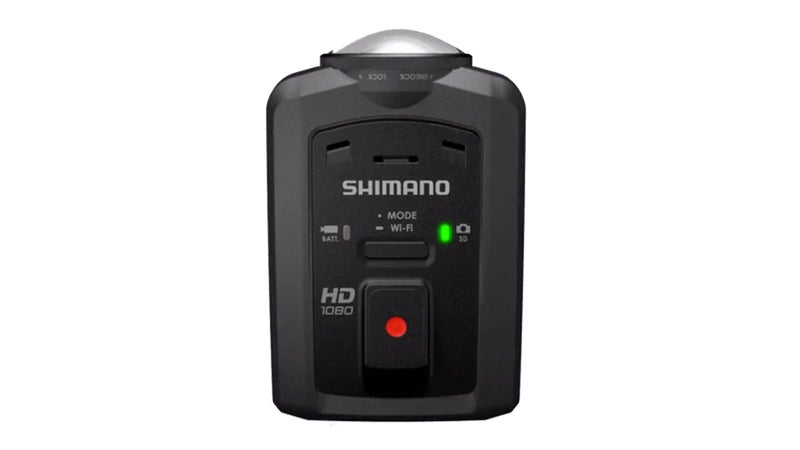
So will the POV camera help cycling attract a bigger audience? Maybe. Both U.C.I. president Brian Cookson and Tour de France director Christian Prudhomme seem to think so. Prudhomme, who was a television commentator prior to taking over the reigns of the Tour, clearly understands the potential of the on-bike camera, while Cookson has said, “It’s the way to go” for cycling while speaking before the 2014 World Championships. But for it to achieve its true potential in the peloton, a few things need to happen first: live-video streaming; clarity on distribution rights; and a victor in the camera war.
The ultimate goal at the professional level must be for the footage to go live into race broadcasts and for teams to receive a portion of the proceeds, just like the system Formula One has had in place for years. “The ability to use the video on live stream, be it with network television or Internet, is really going to help cycling become a world-wide spectator sport,” says Maddie Estrada, media relations associate at Garmin.
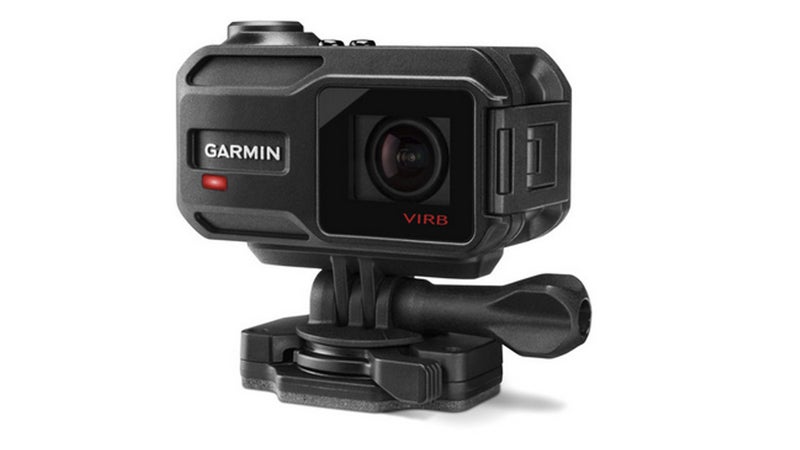
But first there are technical and licensing issues to be worked out. The ASO, the Tour de France organizer, recently tested an on-bike video camera that could live-steam video on a Mavic support moto in the Paris-Roubaix classic, but at over 700 grams, it’s too heavy to mount on a bike. The technology isn’t there yet, but it’s coming. In fact, GoPro announced its new HeroCast—the world’s smallest and lightest HD micro transmitter that integrates with existing lightweight GoPros to provide live POV footage—on April 13.
Meanwhile, cameras are only allowed at certain races and the teams must sign an agreement to share the content with the race and its television rights owners. And unlike for Formula One, cycling teams don’t currently get a bite of the television-rights pie from the event organizer. A portion of the income from POV footage could help teams diversify and rely less on fickle sponsorship deals. But first, teams will need to win concessions from the organizers—something they've historically had little luck doing.
All this leads to the inevitable question: which camera will come out on top?
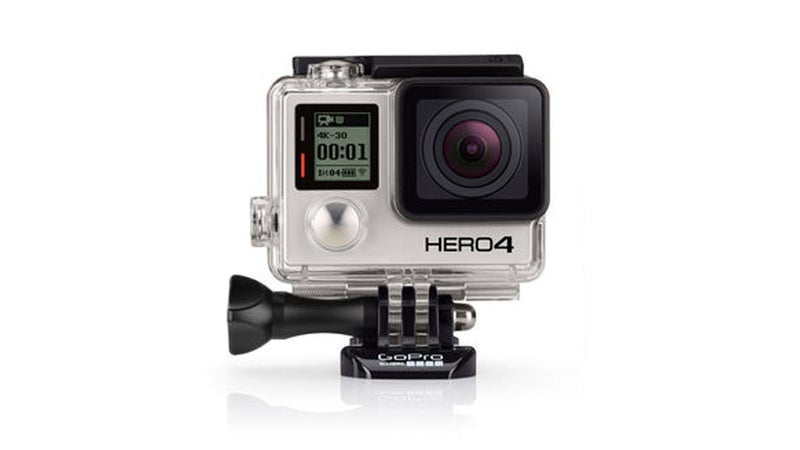
That remains unclear, but we do know who will likely determine the victor: Velon—a group of 11 top cycling teams that’s actively pursuing different ways to make the sport more marketable and more sustainable. The organization is currently working on a deal that would make one of the action-cam makers its exclusive supplier. The winner’s cameras would be used by all of Velon's partners, or 11 of the current 17 World Tour teams.
“Velon has spoken to several manufacturers and we hope to reach a deal very soon,” say Graham Bartlett, CEO of Velon. “There is one [manufacturer] in particular we would like to work with. Hopefully we can finalize a deal in the next couple of weeks rather than couple of months. Definitely before the Tour de France.”
Bartlett wouldn’t give us any hints as to which company he was referring to. But we have a few guesses.
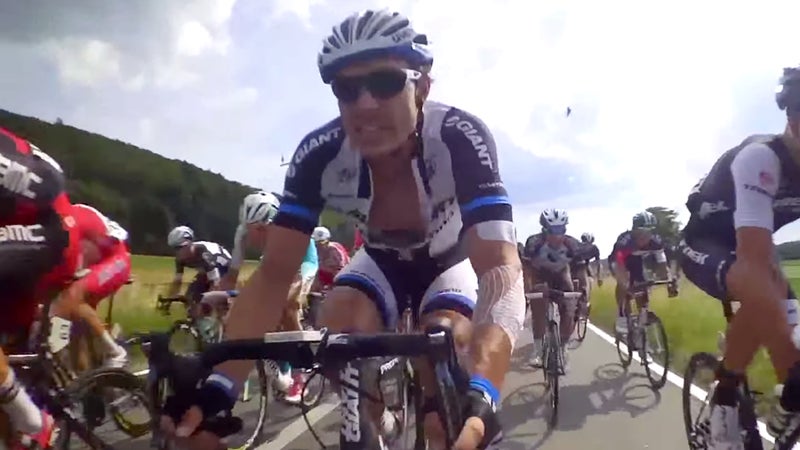
Currently, Velon works with a variety of camera makers, including Sony, Nilox, Garmin, Shimano, and GoPro. But while GoPro is the overall industry pioneer, it’s not necessarily the front-runner in this race, primarily because it’s not a brand immersed in the bike world like Shimano and Garmin are. Only a handful of pros used GoPros last season, and then mostly for their personal social media accounts. And while GoPro announced a sponsorship of a pro mountain bike team back in 2010, it has never backed a World Tour road team. According to industry insiders, GoPro needs to forge more partnerships in the bike computer industry, or with power-output manufactures like SRM, before it can out-shoot its two main rivals: Shimano and Garmin. GoPro is facing an uphill battle, but the company isn't out of the race.
Within the peloton, the Shimano CM-1000 is the most ubiquitous, in part because of preexisting agreements. (Thirteen of the 17 World Tour teams use Shimano drivetrains, and eight of those teams used the Shimano camera in last year’s Tour de France.)
“[The Shimano CM-1000s] are easy to mount. We can control them remotely with our telephones via a Shimano smart phone application,” says Berteld Dekker, mechanic at Degenkolb’s Giant-Alpecin team (formerly Giant-Shimano). “That’s a real plus for us because we can change the position of the lens mid-race and we can change the resolution and monitor remaining battery power. We’ve been using them for two years now and are really happy.” (The GoPros and Garmins have this same capability.)
Then there’s the Garmin VIRB, which can seamlessy overlay a cyclist’s data such as power output, heart rate, and pedal cadence over the video, and comes from a company steeped in the bike world. “People are raving about the camera that is integrating a cyclist power output and cadence into the video. That’s just great,” says Dan Jones, video producer for the Orica-GreenEdge team.
But the smart bet remains GoPro. The company's new mini-transmitter that allows for live-streaming is a big step forward. So far, no other action-cam company has that the capability. And GoPro is already in discussion with several teams to partner for upcoming races like the Tour of Italy and the Tour de France. “I know it's only a matter of time before GoPro responds,” says Jones. “They have the means and ability to do it.”
The bottom line: all three cameras (from Garmin, Shimano, and GoPro) are pretty damn good from a tech standpoint. The metamorphosis of the action camera to an integrated part of live television coverage may not happen tomorrow. But it's coming.


